SGTA
-
Official Full Name
small glutamine-rich tetratricopeptide repeat (TPR)-containing, alpha -
Overview
SGTA, small glutamine-rich tetratricopeptide repeat-containing protein A, is an ubiquitously expressed co-chaperone that binds directly to HSC70 and HSP70 and regulates their ATPase activity. SGTA is a 34 kDa protein that is rich in glutamine residues at -
Synonyms
SGTA;small glutamine-rich tetratricopeptide repeat (TPR)-containing, alpha;SGT, small glutamine rich tetratricopeptide repeat (TPR) containing;small glutamine-rich tetratricopeptide repeat-containing protein alpha;UBP;alpha-SGT;vpu-binding protein
Recombinant Proteins
- Human
- Mouse
- Chicken
- Rhesus macaque
- Zebrafish
- Rat
- E.coli
- Mammalian Cells
- HEK293
- GST
- His
- Non
- Avi
- Fc
- DDK
- Myc
Background
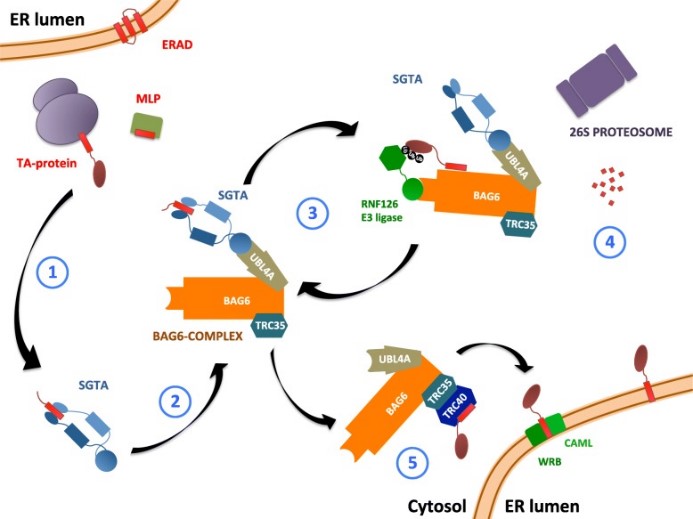
Fig1. Roles of SGTA in cytoplasmic quality control. (Santiago Martínez-Lumbreras, 2018)
What is SGTA protein?
SGTA (small glutamine rich tetratricopeptide repeat co-chaperone alpha) gene is a protein coding gene which situated on the short arm of chromosome 19 at locus19p13. SGTA is a protein that contains glutamine-rich regions and belongs to the TPR (Tetratricopeptide Repeat) family. SGTA interacts with a variety of proteins through its TPR domain and is involved in a variety of intracellular functions. The SGTA protein is consisted of 313 amino acids and its molecular mass is approximately 34.1 kDa.
What is the function of SGTA protein?
SGTA can interact with molecular chaperone proteins such as Hsp90 (heat shock protein 90) and Hsp70 (heat shock protein 70) to assist in the proper folding and quality control of proteins. SGTA was involved in the functioning of CHIP (C-terminus of Hsc70-Interacting Protein) ubiquitin ligase complexes, facilitating ubiquitination of misfolded or damaged proteins and subsequent proteasomal degradation. SGTA plays a role in the cell's response to stressful conditions (such as heat shock, oxidative stress, etc.), helping to maintain protein homeostasis.
SGTA Related Signaling Pathway
SGTA, as a component of the CHIP (C-terminus of Hsc70-Interacting Protein) ubiquitin ligase complex, participated in the ubiquitination of proteins and subsequent proteasomal degradation. SGTA interacts with certain receptor tyrosine kinases and other signaling molecules and is involved in regulating signaling pathways related to cell proliferation, survival, and differentiation. In response to stress conditions such as heat shock and oxidative stress, SGTA is involved in regulating the stress response and helping cells to return to normal function.
SGTA Related Diseases
SGTA expression levels are altered in many types of cancer, including breast, liver and colorectal cancer. It is related to the survival and function of nerve cells, and its abnormalities may be related to the pathogenesis of Alzheimer's disease and other neurodegenerative diseases. Because of SGTA's role in the cell's response to environmental stress, its dysfunction may be associated with diseases associated with defective cellular stress responses. In addition, there are metabolic diseases, cardiovascular diseases are also related.
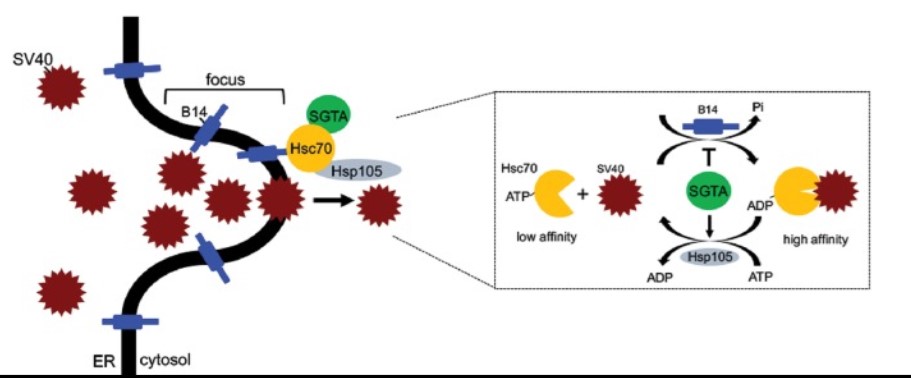
Fig2. A model depicting a role of SGTA-dependent regulation of Hsc70 during ER extraction and cytosol arrival of the virus. (Allison Dupzyk, 2017)
Bioapplications of SGTA
Because SGTA is involved in protein quality control and degradation processes, it could be a potential target for the treatment of related diseases. The development of small molecule compounds or biologics that target SGTA or its interacting proteins may provide new strategies for treating cancer, neurodegenerative diseases, and more.
Case Study
Case study 1: Allison Dupzyk, 2017
Membrane penetration by nonenveloped viruses remains enigmatic. In the case of the nonenveloped polyomavirus simian virus 40 (SV40), the virus penetrates the endoplasmic reticulum (ER) membrane to reach the cytosol and then traffics to the nucleus to cause infection. The researchers previously demonstrated that the cytosolic Hsc70-SGTA-Hsp105 complex is tethered to the ER membrane, where Hsp105 and SGTA facilitate the extraction of SV40 from the ER and transport of the virus into the cytosol. They now find that Hsc70 also ejects SV40 from the ER into the cytosol in a step regulated by SGTA. Although SGTA's N-terminal domain, which mediates homodimerization and recruits cellular adaptors, is dispensable during ER-to-cytosol transport of SV40, this domain appears to exert an unexpected post-ER membrane translocation function during SV40 entry. This study thus establishes a critical function of Hsc70 within the Hsc70-SGTA-Hsp105 complex in promoting SV40 ER-to-cytosol membrane penetration and unveils a role of SGTA in controlling this step.
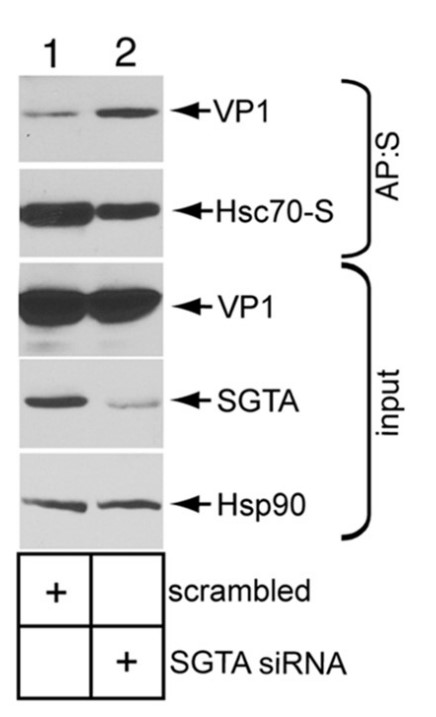
Fig1. CV-1 cells transfected with scrambled or SGTA siRNA 1 were cotransfected with Hsc70-S for 24 h, followed by 16 h of SV40 infection.
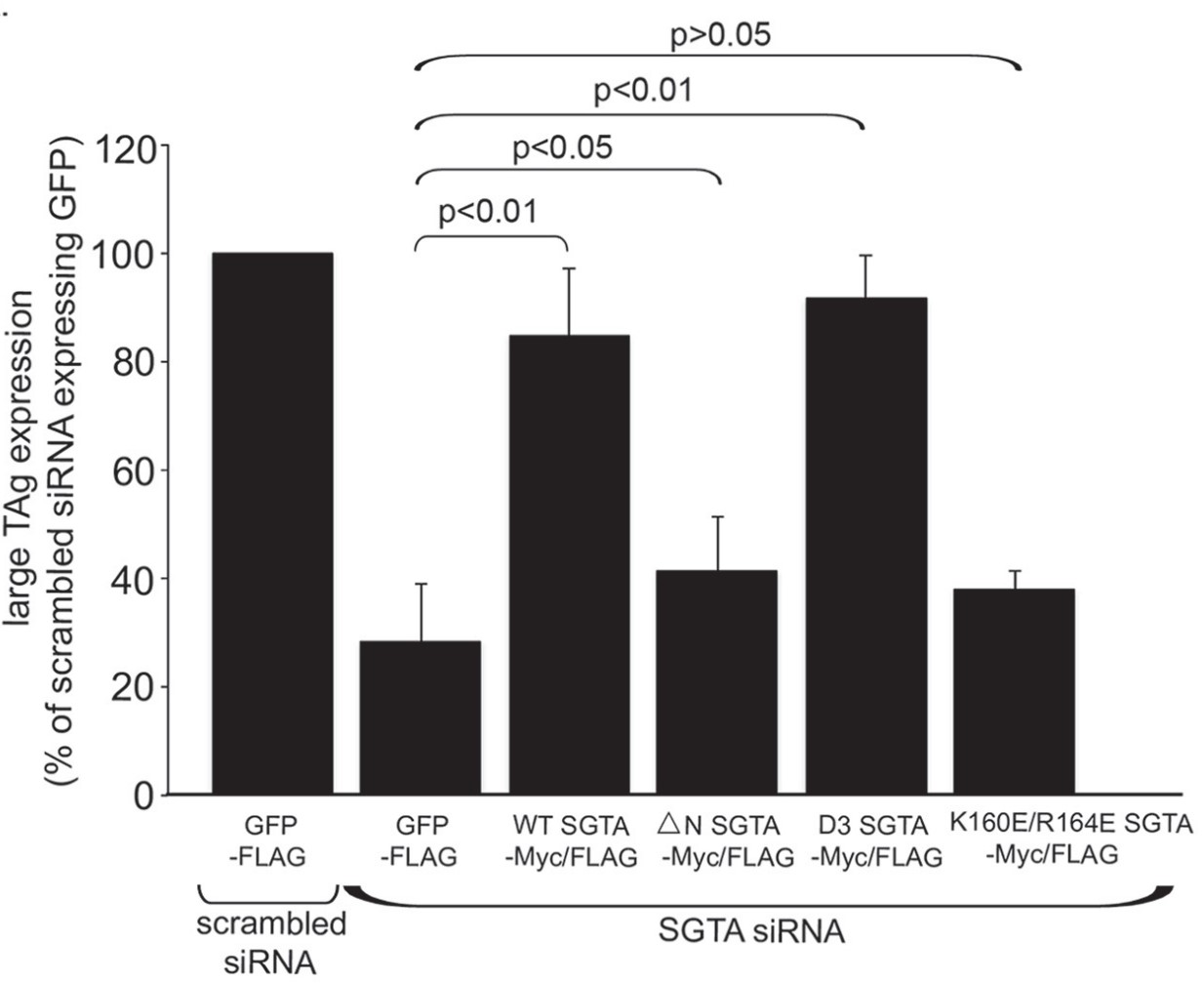
Case study 2: Anupam Kumar, 2022
Mislocalised membrane proteins (MLPs) present a risk to the cell due to exposed hydrophobic amino acids which cause MLPs to aggregate. Previous studies identified SGTA as a key component of the machinery that regulates the quality control of MLPs. Overexpression of SGTA promotes deubiqutination of MLPs resulting in their accumulation in cytosolic inclusions, suggesting SGTA acts in collaboration with deubiquitinating enzymes (DUBs) to exert these effects. However, the DUBs that play a role in this process have not been identified. In this study the researchers have identified the ubiquitin specific peptidase 5 (USP5) as a DUB important in regulating the quality control of MLPs. They show that USP5 is in complex with SGTA, and this association is increased in the presence of an MLP. Overexpression of SGTA results in an increase in steady-state levels of MLPs suggesting a delay in proteasomal degradation of substrates. However, these results show that this effect is strongly dependent on the presence of USP5. They find that in the absence of USP5, the ability of SGTA to increase the steady state levels of MLPs is compromised. Moreover, knockdown of USP5 results in a reduction in the steady state levels of MLPs, while overexpression of USP5 increases the steady state levels.
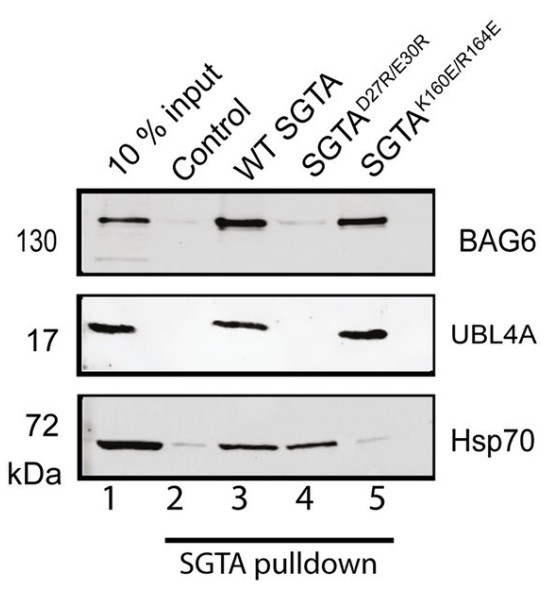
Fig3. Beads coupled to recombinant Thioredoxin-SGTA fusion proteins as indicated or Thioredoxin only (Control) were incubated with rabbit reticulocyte lysate for 16 hours at 4°C.
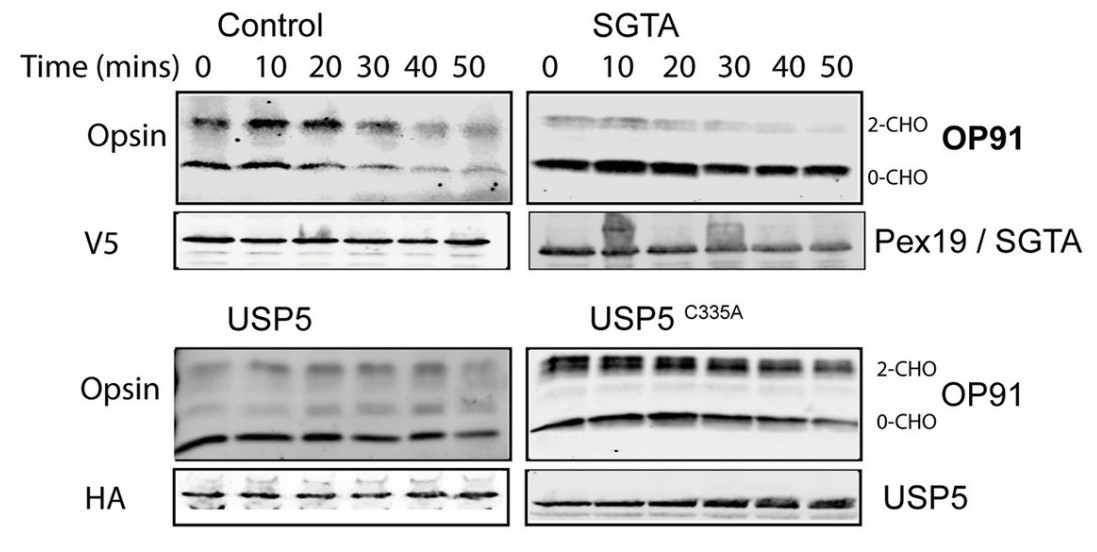
Quality Guarantee
High Purity
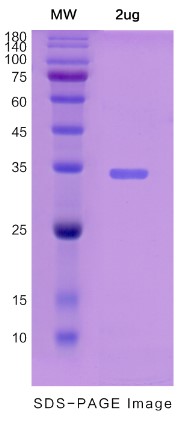
Fig1. SDS-PAGE (SGTA-6277H) (PROTOCOL for western blot)
Involved Pathway
SGTA involved in several pathways and played different roles in them. We selected most pathways SGTA participated on our site, such as , which may be useful for your reference. Also, other proteins which involved in the same pathway with SGTA were listed below. Creative BioMart supplied nearly all the proteins listed, you can search them on our site.
| Pathway Name | Pathway Related Protein |
|---|
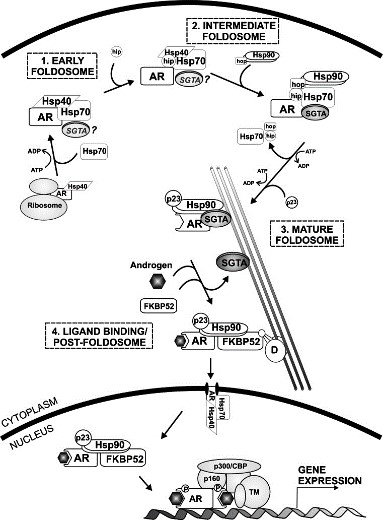
Fig1. A proposed model of the AR signaling pathway depicting the potential role of SGTA in the foldosome complex. (Lisa K Philp, 2013)
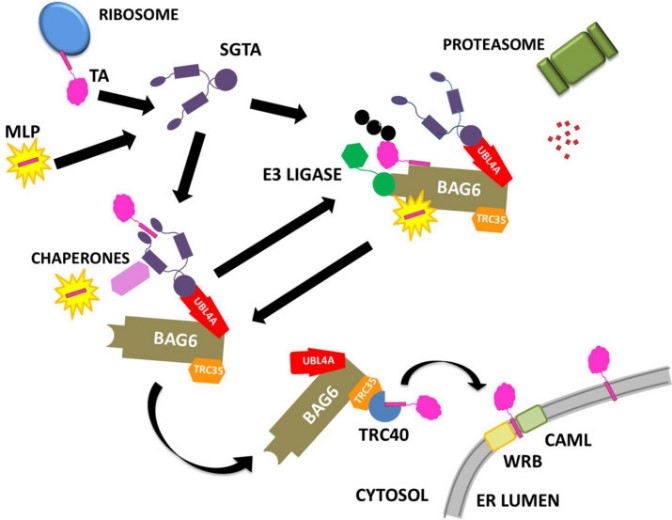
Fig2. Current ideas on quality control pathways for hydrophobic proteins exposed to the aqueous cytoplasm. (Rashi Benarroch, 2019)
Protein Function
SGTA has several biochemical functions, for example, BAT3 complex binding,protein binding. Some of the functions are cooperated with other proteins, some of the functions could acted by SGTA itself. We selected most functions SGTA had, and list some proteins which have the same functions with SGTA. You can find most of the proteins on our site.
| Function | Related Protein |
|---|---|
| protein binding | NPHP1,PPP2R2C,APOBEC3F,CDCA7L,ING2,DNMBP,CAPNS1,SNRPG,DPPA4,ANTXR1 |
| BAT3 complex binding | USP13,VCP,AMFR |
Interacting Protein
SGTA has direct interactions with proteins and molecules. Those interactions were detected by several methods such as yeast two hybrid, co-IP, pull-down and so on. We selected proteins and molecules interacted with SGTA here. Most of them are supplied by our site. Hope this information will be useful for your research of SGTA.
SPP1;BAG6;F11R;ZG16;EFEMP2
Resources
Related Services
Related Products
References



